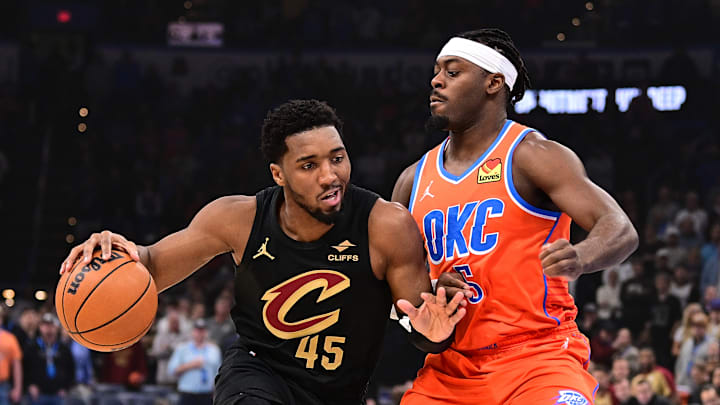The Cleveland Cavaliers and Oklahoma City Thunder paced the NBA through the 2024-25 regular season. They won a combined 132 games, with Cleveland finishing at 64-18 and Oklahoma City going 68-14.
Unfortunately, if current trends persist, then both the Cavaliers and Thunder will see their seasons end at the hands of the Indiana Pacers.
Indiana has taken the Association by storm during an unpredictable 2025 postseason. It proved that its 2024 Eastern Conference Finals appearance was anything but a fluke, defeating the Milwaukee Bucks, Cavaliers, and New York Knicks with a cumulative record of 12-4 to go all the way to the NBA Finals.
It's been a shockingly dominant display of late-game brilliance and the unavoidable importance of depth—even if a team has an elite starting lineup.
That's the lesson that the Thunder are now learning. Their starters have outscored the Pacers' on a regular basis during the 2025 NBA Finals, but the difference in bench production has become the foundation of their current predicament.
Unfortunately, the Cavaliers know all too well what it's like to roll out an elite starting lineup and find that the second unit simply can't match the Pacers' offensive depth.
An elite starting lineup isn't enough against the Indiana Pacers
Indiana's bench is currently outscoring Oklahoma City's second unit 122-94. That's a massive margin through three games, especially when one considers the fact that the Pacers won Game 1 and Game 3 by a combined 10 points.
Furthermore, if one were to subtract the Thunder's Game 2 win, then the Pacers' bench scoring advantage would come out to 88-52.
That 36-point difference reveals the driving force behind Indiana's success in the NBA Finals. Its starting lineup has been outscored during all three games of this series, but its second unit has gained the advantage during each of its wins.
That includes a 39-29 edge during its 111-110 win in Game 1, and a dominant 50-18 margin during their 116-107 victory in Game 3.
Unfortunately, the Cavaliers know all about how quickly the Pacers' second unit can swing a series in their team's favor. Cleveland's bench outscored Indiana's in Game 1 and Game 5, but was outplayed and outscored in every game in between.
Indiana's uncanny ability to feature a different reserve in a prominent scoring role on an almost nightly basis was almost impossible for Cleveland to counter.
As the NBA Finals progress, the Thunder will need to find a way to generate bench offense. The Cavaliers, meanwhile, will continue to wonder if paying big money to Ty Jerome is the best use of their limited financial flexibility following an underwhelming Round 2.
Regardless of what transpires moving forward, the Pacers have sent a clear message to the Cavaliers and Thunder alike: An elite starting lineup is no longer enough.
